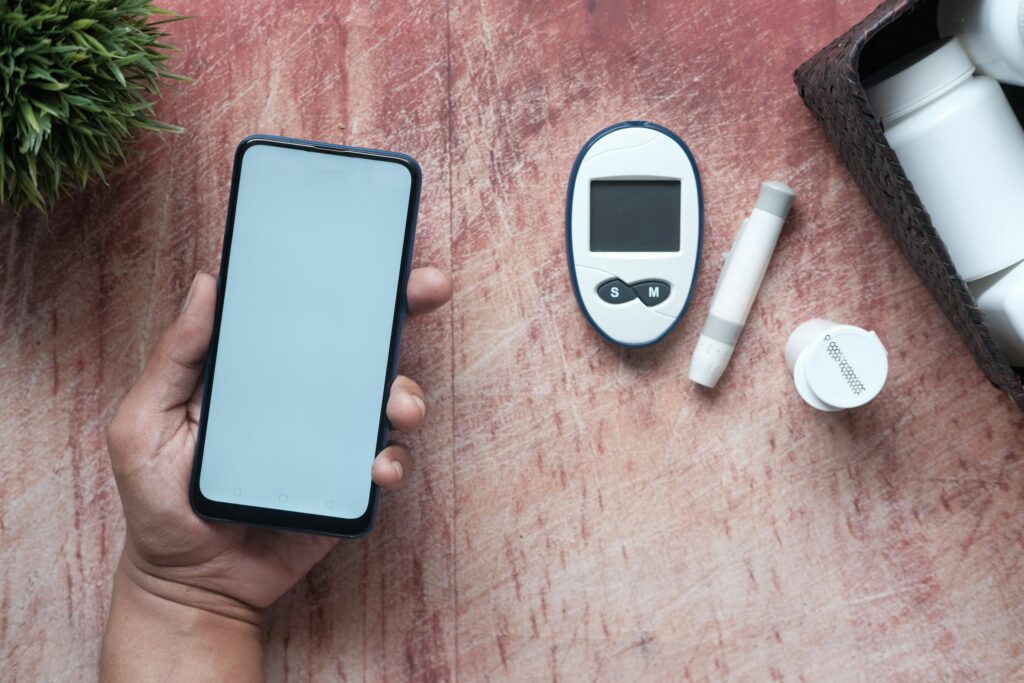
Men, Black communities, and individuals with lower educational attainment are experiencing significant disparities in accessing digital health care for type 2 diabetes, according to a study by data scientists from The University of Manchester. This peer-reviewed meta-analysis, published in the Journal of Medical Internet Research, examines data from 16 studies involving 71,336 patients across the U.S., U.K., and the Netherlands. The findings serve as a wake-up call to policymakers as type 2 diabetes continues to affect millions globally.
“Our study provides evidence of significant disparities in telemedicine use for type 2 diabetes among men, Black communities, and those with lower levels of education,” said Nawwarah Alfarwan, a Ph.D. researcher and lead author of the study. “These groups already face many challenges in accessing essential health care services.”
Telemedicine: A Revolutionary Yet Unequal Tool
Telemedicine has revolutionized the management of type 2 diabetes by improving access to health care services and enhancing health outcomes. It encompasses a range of technologies, including virtual consultations, wearable devices, and mobile health apps, which have been instrumental in addressing the increasing prevalence of the disease.
However, the study highlights a digital divide that undermines the potential of telemedicine. Data from five studies, involving 59,609 patients, indicated that individuals with higher education levels had 68.1% greater odds of utilizing telemedicine compared to those with lower education levels. Researchers attribute this to lower digital and health literacy among the less educated, coupled with concerns about trust and privacy.
Gender and Racial Disparities in Telemedicine Use
The study also reveals gender disparities, with female patients being 5% more likely to use telemedicine than their male counterparts. Researchers suggest that women are generally more engaged with health care services, not only for themselves but also for their families. In contrast, men often exhibit lower help-seeking behavior, a stronger preference for in-person consultations, and lower levels of digital health literacy.
Racial disparities are equally concerning. Five studies showed that Black patients were 45% less likely to use telemedicine compared to white patients. Researchers argue that limited access to digital infrastructure, mistrust in health care systems, language barriers, and inadequate insurance coverage or digital literacy support contribute to this disparity.
Age and Access: Another Layer of Inequality
Age also plays a role in telemedicine usage. Ten studies involving 47,927 patients found that older patients were 2.1% less likely to use telemedicine than younger patients. This could be due to a lack of familiarity with digital technologies or a preference for traditional health care methods.
Expert Insights and Policy Implications
Co-author Professor Maria Panagioti from The University of Manchester emphasized the importance of addressing these disparities. “For patients with type 2 diabetes, we show the extent of the digital divide in certain demographics, especially those from minority backgrounds,” she stated. “Lack of affordable access to computers, smartphones, and lower levels of digital and health literacy all contribute to these inequalities.”
“By understanding these disparities and addressing the underlying factors, policymakers could make more inclusive and effective telemedicine interventions,” Professor Panagioti added. “They should also consider targeted strategies to improve engagement among men, such as awareness campaigns and tailored interventions.”
Looking Ahead: Bridging the Digital Divide
The study underscores the urgent need for targeted interventions to bridge the digital divide in diabetes care. Policymakers are encouraged to develop strategies that enhance digital literacy, improve access to necessary technologies, and build trust in digital health systems among underrepresented groups.
As the prevalence of type 2 diabetes continues to rise, ensuring equitable access to digital health care is crucial. The findings of this study provide a roadmap for addressing disparities and improving health outcomes for all patients, regardless of gender, race, or educational background.
Moving forward, it will be essential for health care providers, technology developers, and policymakers to collaborate in creating solutions that are both innovative and inclusive. By doing so, the promise of telemedicine can be fully realized, offering improved care and quality of life for those living with type 2 diabetes.







